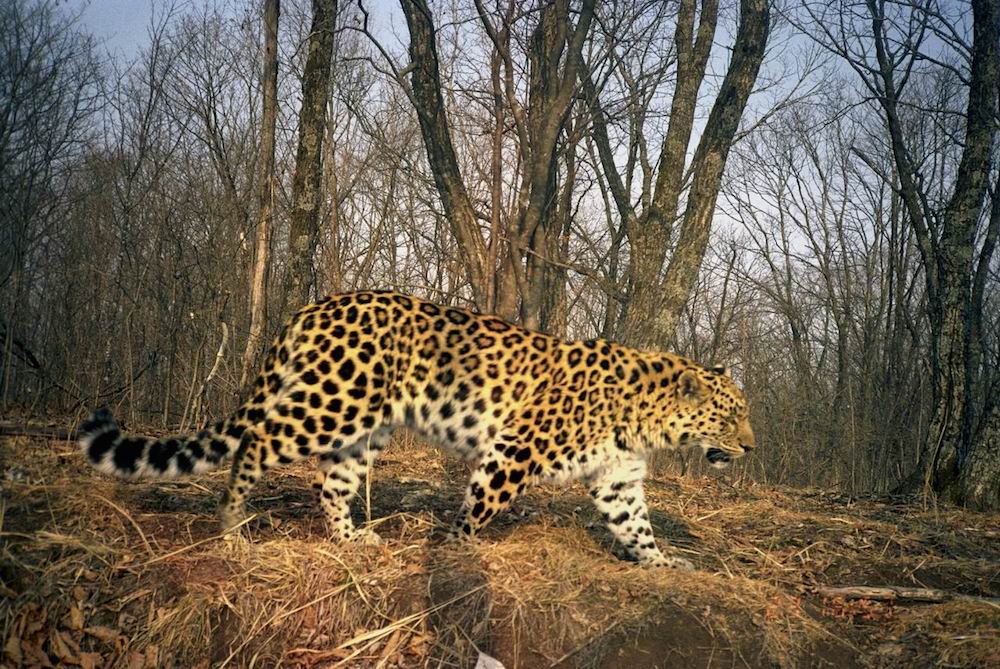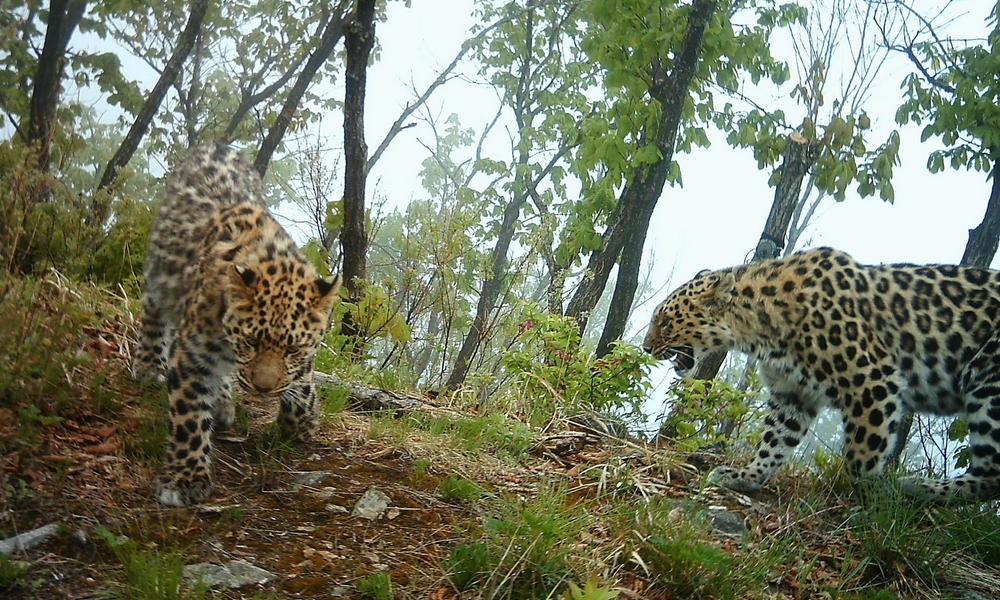Rarest Big Cat on Earth Starting to Make a Comeback

Things are starting to look up for the rarest big cat on the planet: The critically endangered Amur leopard, which is indigenous to southeastern Russia and parts of northeastern China, has doubled in population since 2007, according to a new report by the World Wildlife Fund (WWF).
Census data from Russia's Land of the Leopard National Park, which covers about 60 percent of the Amur leopard's habitat, puts the number of these wild cats at 57. That's up from the 30 leopards counted in the area in 2007, according to the WWF.
Eight to 12 additional cats were also counted in adjacent areas of China during the census, which means the total population of Amur leopards has, in fact, doubled in less than a decade. [See camera trap footage of rare Amur leopards]
"Such a strong rebound in Amur leopard numbers is further proof that even the most critically endangered big cats can recover if we protect their habitat and work together on conservation efforts," Barney Long, director of species protection and Asian species conservation for WWF, said in a statement. "There's still a lot of work to be done in order to secure a safe future for the Amur leopard, but these numbers demonstrate that things are moving in the right direction."
To count these solitary cats, park rangers and experts from the Far Eastern Branch of the Russian Academy of Sciences placed camera traps throughout the more than 1,400 square miles (3,600 square kilometers) of land that make up the Amur leopard's habitat. They collected about 10,000 photographs, which were used to identify approximately 60 individual leopards. Each animal was identified by the distinctive pattern of spots on its fur, WWF officials said.
Siberian tigers were once in as dire a situation as Amur leopards are now, with only about 56 of these tigers living in the wild in 2009, according to the Siberian Tiger Monitoring Program, a collaboration among the U.S. Wildlife Conservation Society (WCS) and several Russian organizations. Ten Siberian tigers were introduced to the Land of the Leopard National Park in 2012. Another 350 or so Siberian tigers live in other areas of the Russian Far East.
But these tigers are now making inroads into northeastern China as well, according to recent video footage captured by WWF officials in that country. The footage, taken late last year inside the Wangqing Nature Reserve in northeastern China, shows a family of Siberian tigers frolicking about 20 miles (32 kilometers) from the Russian border.
Get the world’s most fascinating discoveries delivered straight to your inbox.
Until this video was taken, the only evidence that Siberian tigers still inhabited parts of China was the occasional footprint, WWF officials said.
"These images show that Wangqing Nature Reserve has now become a breeding site for Amur tigers," said Wang Fuyou, division head of the Wangqing Nature Reserve conservation department. "Seeing these positive outcomes from our efforts greatly strengthens our confidence that wild Amur tiger populations can be restored."
Conservationists in Russia are now working with their counterparts in China to more closely monitor Amur leopard populations in that country as well. The next step could be to create a nature reserve that stretches across both countries, WWF officials said.
Follow Elizabeth Palermo @techEpalermo. Follow Live Science @livescience, Facebook & Google+. Original article on Live Science.



